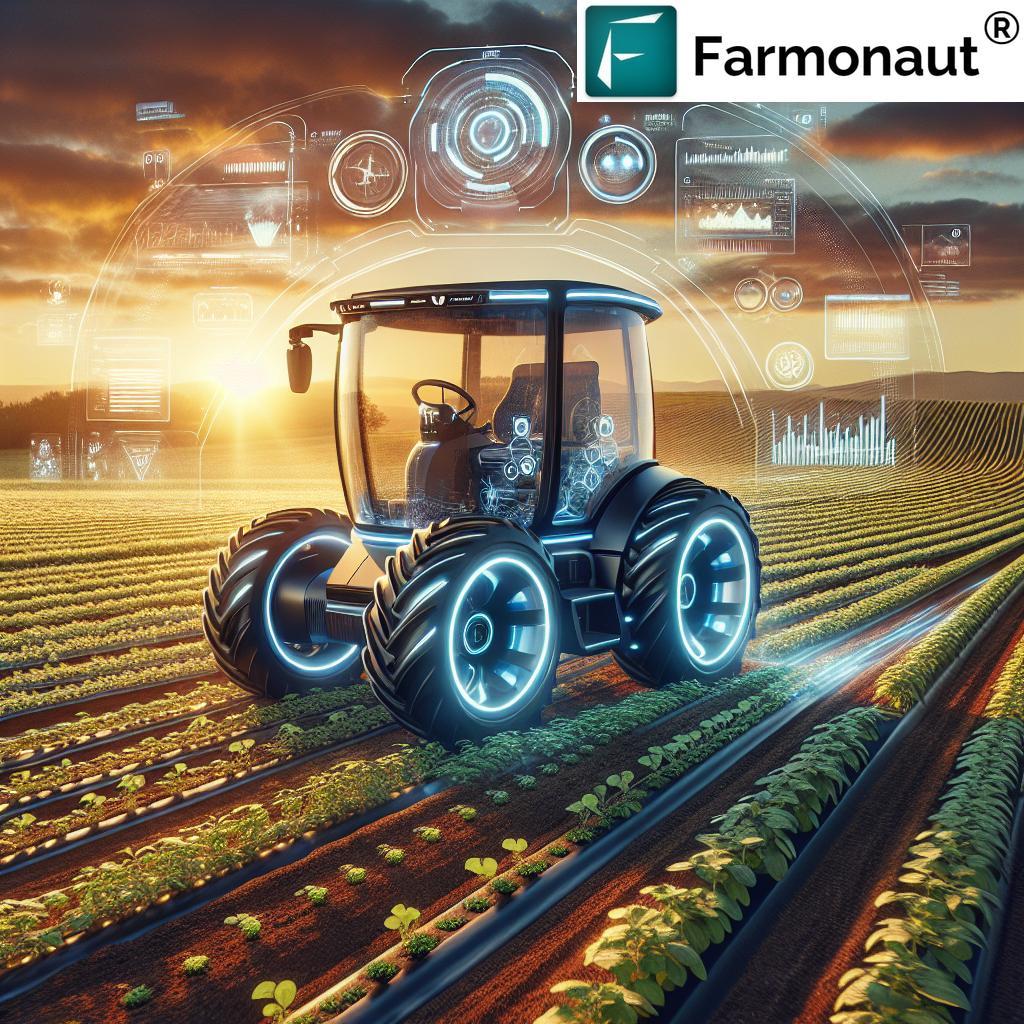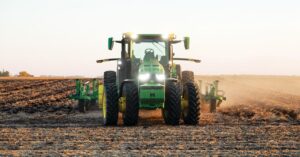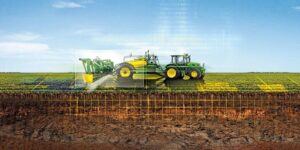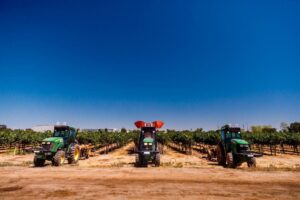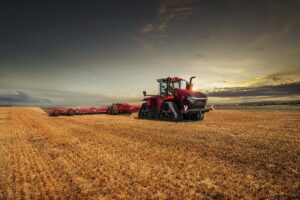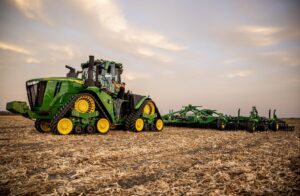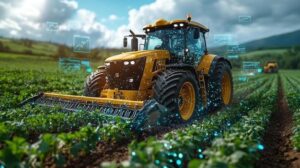Smart tractors are undergoing a importent technological evolution with the implementation of advanced ISOBUS control systems. This standardized dialog protocol enables seamless interaction between tractors, implements, and farm management software, revolutionizing how agricultural machinery operates in modern farming. The latest developments in ISOBUS technology provide enhanced precision, automated functionality, and real-time data processing capabilities that are transforming traditional farming practices into smart agriculture solutions. the agricultural sector is witnessing a significant technological transformation with the integration of advanced ISOBUS control systems in modern tractors. This standardized communication protocol enables seamless interaction between tractors, implements, and precision farming equipment, revolutionizing how farmers manage their operations.ISOBUS technology operates on a thorough network architecture that allows different agricultural machines and implements to communicate through a universal language. This standardization eliminates compatibility issues that previously plagued farmers when connecting equipment from various manufacturers. the system utilizes a single terminal in the tractor cabin,replacing multiple control displays and reducing operator confusion.
The advanced control system incorporates elegant task controllers that automatically adjust implement settings based on real-time field conditions. These controllers process data from various sensors, including GPS positioning, soil conditions, and crop requirements, to optimize performance. Farmers can now execute precise variable-rate applications for seeding, fertilizing, and spraying operations with minimal manual intervention.
One of the most significant advantages of the new ISOBUS implementation is its plug-and-play functionality. When connecting an ISOBUS-certified implement to a compatible tractor, the system automatically recognizes the equipment and loads the appropriate control interface. This feature substantially reduces setup time and eliminates the risk of operator error during equipment configuration.
The system’s data management capabilities have been enhanced to support comprehensive documentation of field operations. Every action performed by the implement is recorded with precise timing and location data, creating detailed field maps and operation logs. This information proves invaluable for compliance reporting, cost analysis, and future planning of agricultural activities.
Machine learning algorithms integrated into the ISOBUS system continuously analyze operational patterns to suggest optimization strategies.These recommendations help farmers improve fuel efficiency, reduce input costs, and maximize yield potential.The system also includes predictive maintenance features that monitor equipment health and alert operators before potential failures occur.
Remote connectivity features allow farm managers to monitor and adjust operations from anywhere using mobile devices or desktop computers. This capability enables real-time decision-making and rapid response to changing field conditions or weather events. the system also facilitates automatic software updates and remote diagnostic capabilities, reducing equipment downtime and service costs.
Security measures have been strengthened to protect against unauthorized access and cyber threats. The ISOBUS network employs advanced encryption protocols and authentication mechanisms to ensure the integrity of farming operations and protect sensitive agricultural data.
Looking at the practical implications, farmers using these advanced ISOBUS systems report significant improvements in operational efficiency, with some achieving up to 15% reduction in input costs and 20% increase in overall productivity. These gains stem from precise implement control, reduced overlap in field operations, and optimized resource utilization.

